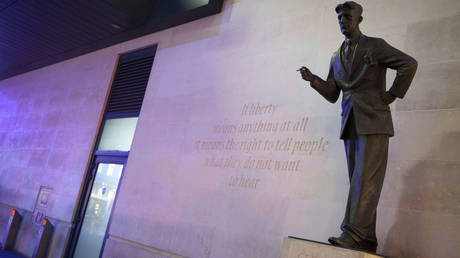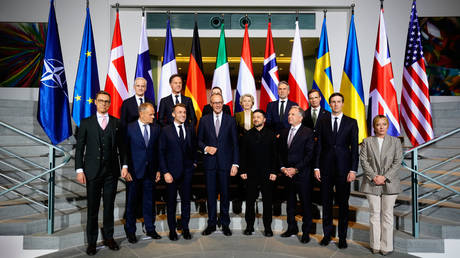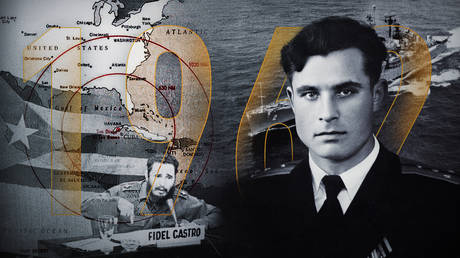
When the world came dangerously close to atomic Armageddon
This October marks the 60th anniversary of the ‘underwater’ component of the Cuban Missile Crisis. It was an extraordinary episode that precipitated the infamous standoff between Moscow and Washington weeks later, and likewise brought the world to the brink of nuclear destruction. With frenzied Western accusations abounding that the Kremlin is preparing to use atomic weapons in the Ukraine conflict, and spirited denials emanating from the opposite direction, it’s never been more important to revisit the incident.
Rising tension
On October 1, 1962, four Soviet submarines, each equipped with nuclear-armed torpedoes, departed Kola Bay in the Barents Sea en route to Cuba. The mini-fleet was intended to secretly bolster a vast Soviet military presence on and around the island and protect the construction of defensive missile sites requested by Havana in the wake of the CIA’s disastrous Bay of Pigs operation, in which Washington-backed rebel forces attempted to storm Havana and overthrow the popular Communist government of Fidel Castro.
According to the private account of Vasily Arkhipov, the vice-admiral of submarine B-59, now published for the first time in commemoration of the event by the US National Security Archive, the weather during the transit was “generally conducive to keeping secrecy” over the long journey – “stormy weather, low clouds, low visibility, snow squalls, rain.”
Along the way, they detected “an elevated level of activity of anti-submarine aircraft radiolocation stations working in a short-interval regime,” but the covert convoy went unnoticed until October 18, when Soviet intelligence “intercepted a message from a French radio station informing some correspondents that Soviet submarines [had]entered the Atlantic and were now traveling to the American shores.”
“How they discovered the submarine is hard to say…However, one can say with high confidence that the submarine was not discovered with aircraft radar,” Arkhipov claims.
Four days later, US President John F. Kennedy announced a blockade of Cuba, and the deployment of numerous US Navy ships and aircraft to Cuban shores and across the nearby Atlantic, with express orders that any foreign submarine approaching the area should surface for the purposes of identification. American ship commanders were ordered to attack any vessel that refused the order. On October 23, US submarines began carrying out reconnaissance nearby to identify any as-yet undetected vessels.
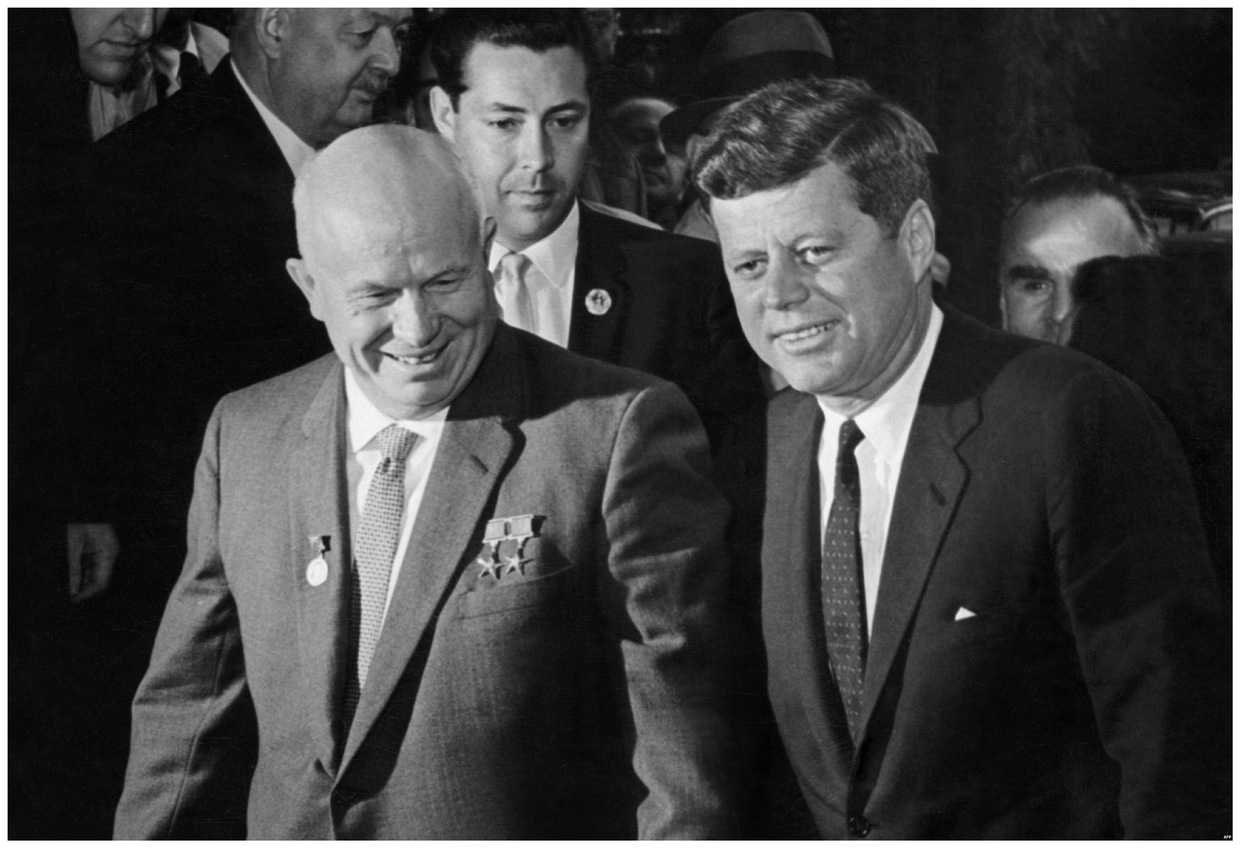
© Universal History Archive/Universal Images Group via Getty Images
“[Soviet] commanders…were ordered to be on full alert and to continue to navigate in secret,” as a result, Arkipov recalled.
On October 24, the Soviet submarines arrived at their “designated areas” near Cuba, the very same day that Soviet leader Nikita Khrushchev told Washington’s high representative in Moscow that if US ships began searching Soviet merchant ships on the high seas, it would be considered piracy and he would give orders to Soviet submarines to destroy the harassing American vessels.
It was a hugely tense situation and one that set the scene for what happened three days later, when a B-59 surfaced in order to recharge its batteries. According to the private account of Arkhipov, upon emerging it discovered:
“An aircraft carrier, nine destroyers, four Neptune airplanes and three Trekkers, encircled by three concentric circles of coast guard forces…overflights by planes just 20-30 meters above the submarine’s conning tower, use of powerful searchlights, fire from automatic cannons (over 300 shells), dropping depth charges, cutting in front of the 5 submarine by destroyers at a dangerously [small]distance, targeting guns at the submarine, yelling from loudspeakers to stop engines, etc.”
It was an astonishing array of hostile weaponry, clearly. Indeed, as Arkhipov put it, “the entire range of provocative activities of US forces” awaited the B-59’s crew. Submarine commander Valentin Savitsky was shocked and blinded by the scale of the response they encountered – protocol dictated that in such circumstances the vessel should execute an ‘urgent dive’ in preparation for launching a nuclear warhead at the adversaries.
“During the sea passage, weapons should be in a battle-ready state. Use of conventional weapons upon the order from the Navy Commander-in-Chief, or in case of an armed attack at the submarine,” Soviet battle instructions at the time explained.
This is almost what came to pass. Numerous crew members have testified in the years since that Savitsky had ordered the dive, and called for the launch of a deadly, World War III-triggering torpedo, believing, in a panicked state, that they were under attack. However, this didn’t come to pass. Why?
Cooler heads prevail
“After submerging, the question whether the plane was shooting at the submarine or around it would not have come up in anybody’s head. That is war. But the plane, flying over the conning tower, 1 to 3 seconds before the start of fire turned on powerful searchlights and blinded the people on the bridge so that their eyes hurt. It was a shock,” Arkhipov recalled. “The commander…could not even understand what was happening.”
Luckily for the world, Arkhipov was still in the submarine’s tower when Savitsky’s apocalyptic orders were issued – had he not been, the planet would likely not be still standing. Seeing that the Americans were in fact issuing warning signals to the submarine, and not attacking, he calmed the understandably panicked Savitsky down, ensuring his command wasn’t transmitted to the officers in charge of the submarine’s torpedoes, and a clear message was sent back to the Americans to cease all provocative actions.
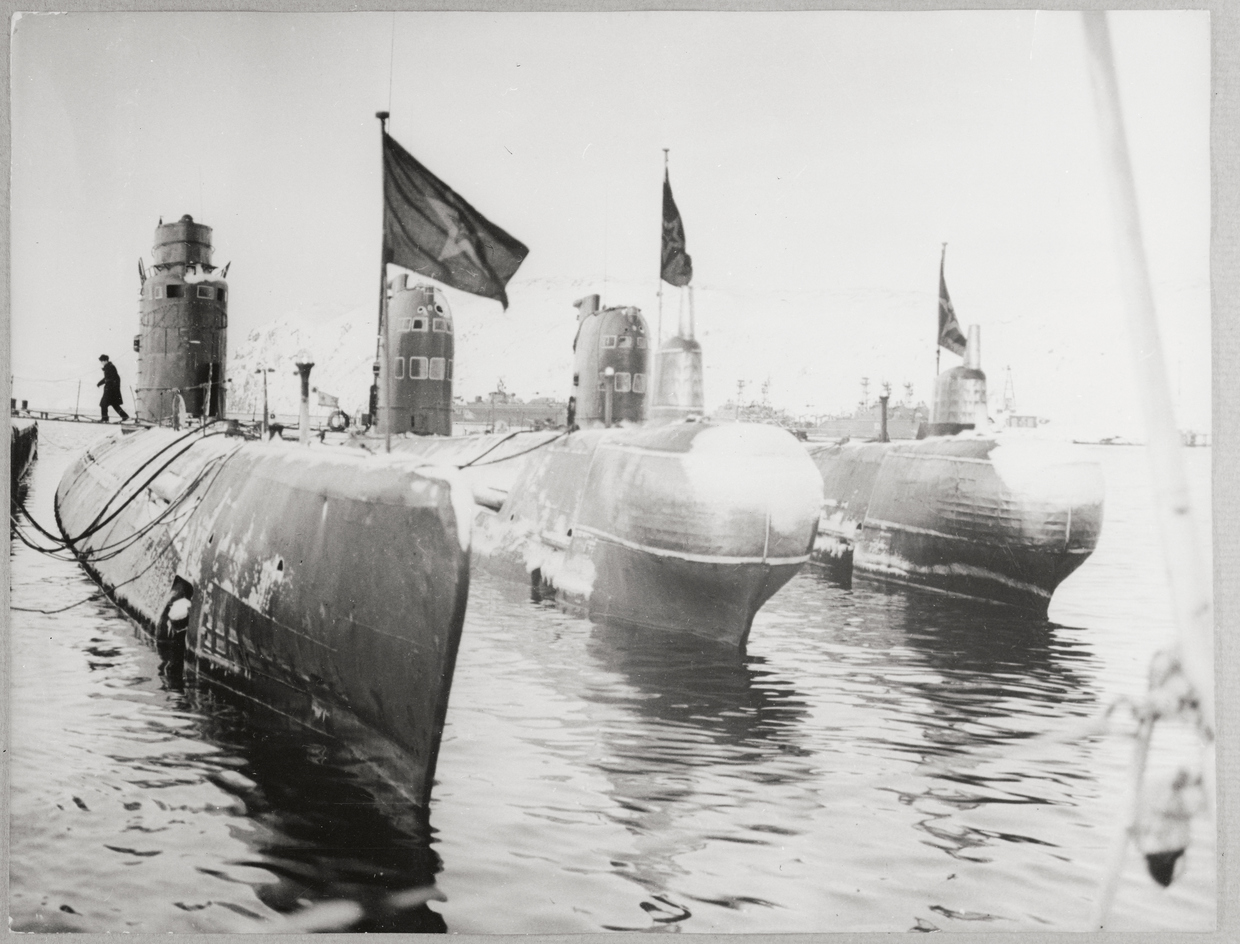
© Getty Images/Bettmann
This meant 12 separate subsequent overflights by US fighter planes were “not as worrisome” and “intermittent radio intercepts” of US public broadcasting stations show that while “the situation was tense [and]was on the verge of war,” it wasn’t outright war just yet. The situation was successfully defused, and the next day a fully-recharged B-59 submerged without warning, and returned to base. There, a senior Soviet Military Council member told the crew: “We did not even expect you to come back alive.”
The American public remained unaware of the incident, and how close the Soviets were to launching nuclear warheads, until many, many decades later. While its disclosure caused shock at the time, the episode has been forgotten in the years since. Yet, it’s a clear example of how desperate, dangerous situations in international politics can be solved by cooler heads.
The resolution of the confrontation over missile deployments that became known as the Cuban Missile Crisis was also facilitated by a healthy, mature, sensible dose of diplomacy, in which significant concessions were made by both sides. Khrushchev agreed to remove nuclear infrastructure from Cuba, and in return Kennedy pledged to never again invade the island, while removing Jupiter missiles pointing at the USSR from Turkey.
A ‘hotline’ between Moscow and Washington was also established, ensuring direct and quick communication between the two superpowers ever after. Peace and détente between them subsequently endured for quite some time until tensions rose again in the 1980s, when Washington began expanding its nuclear arsenal. This led to arms control treaties being drawn up, although these ended up being shredded under the Trump presidency.
In a modern update the tale, the months preceding February 24, this year, saw the Kremlin drafting proposals for a new, more inclusive, European secure order which would have contained many of the provisions of the discarded earlier agreements.
Those efforts fell on deaf ears.


